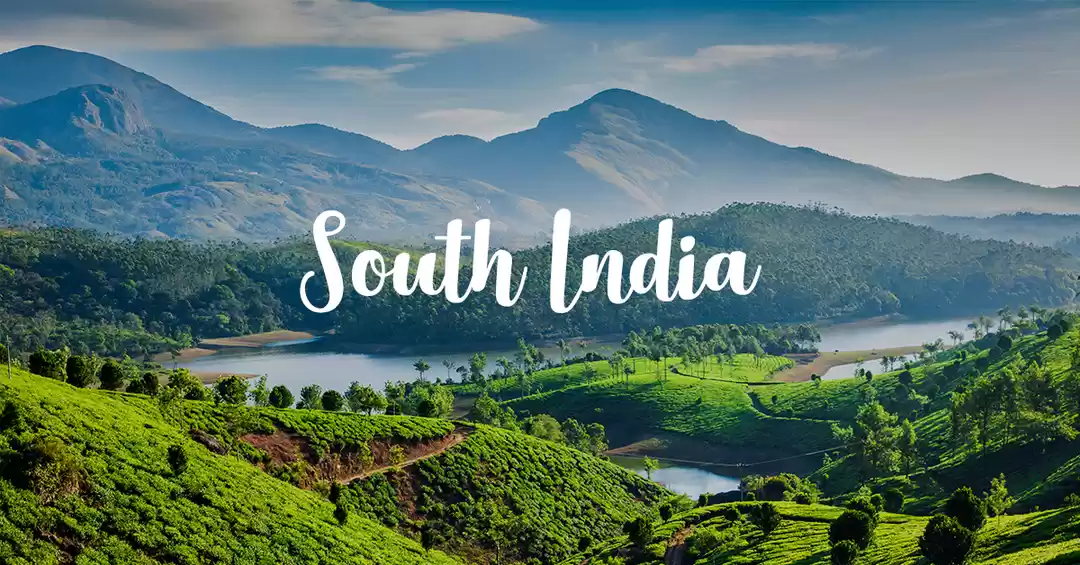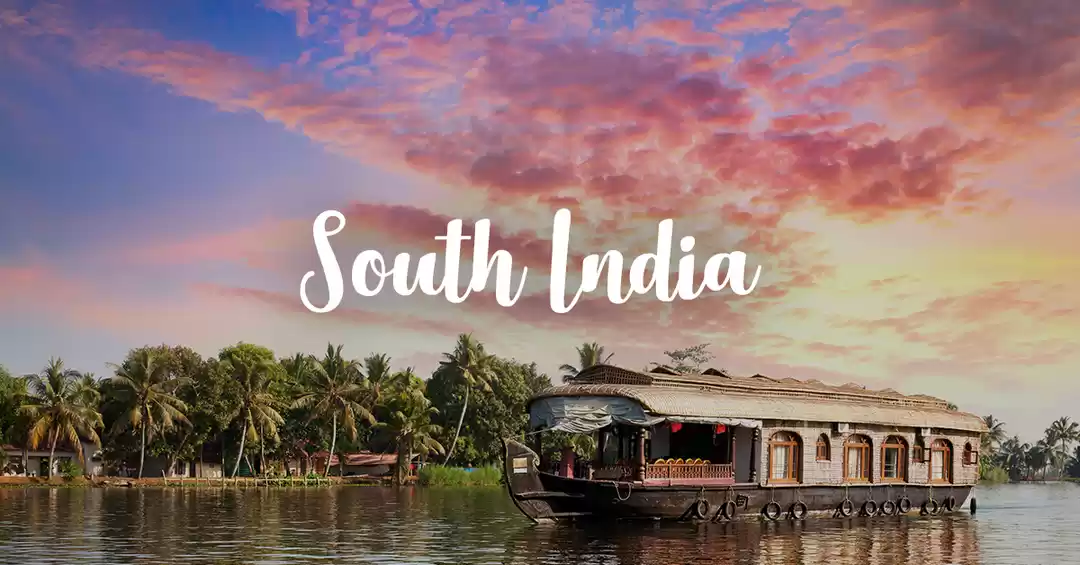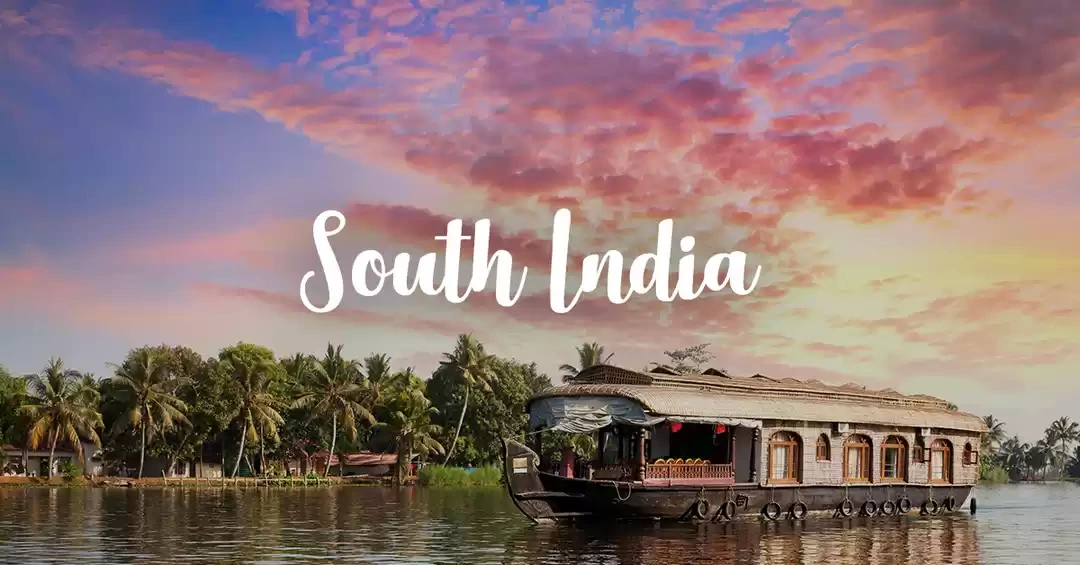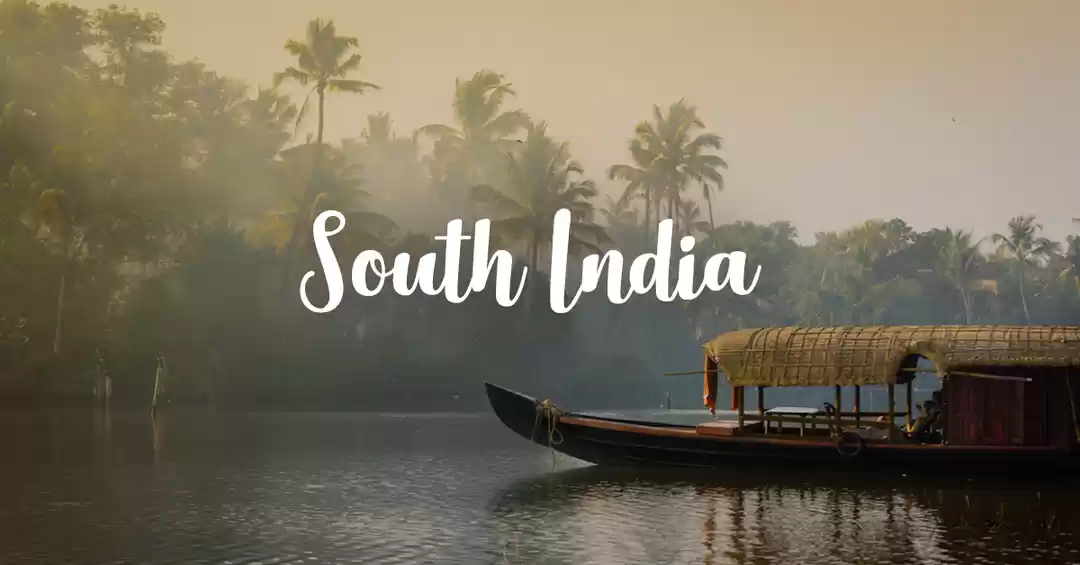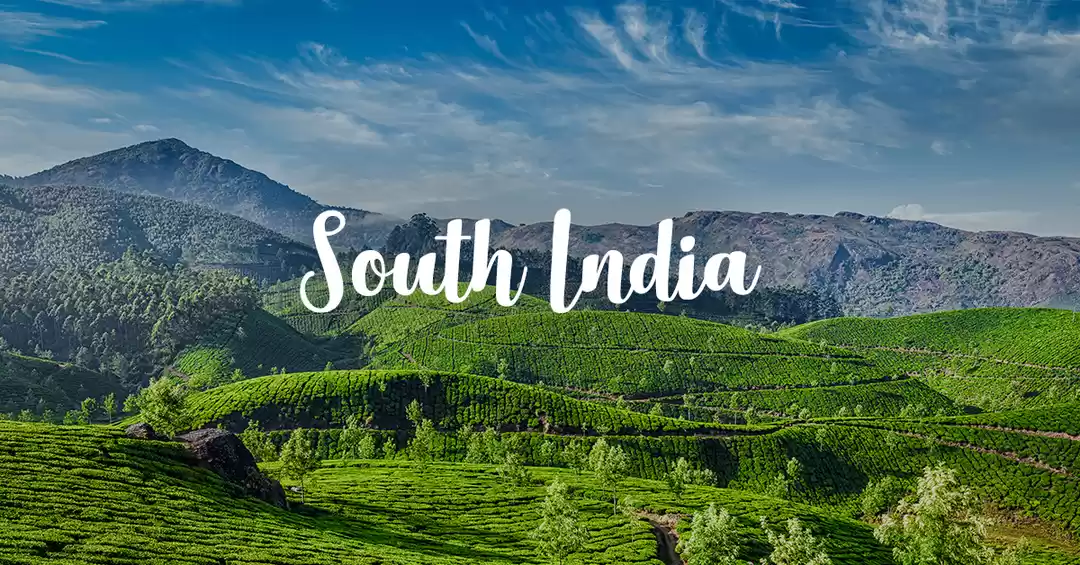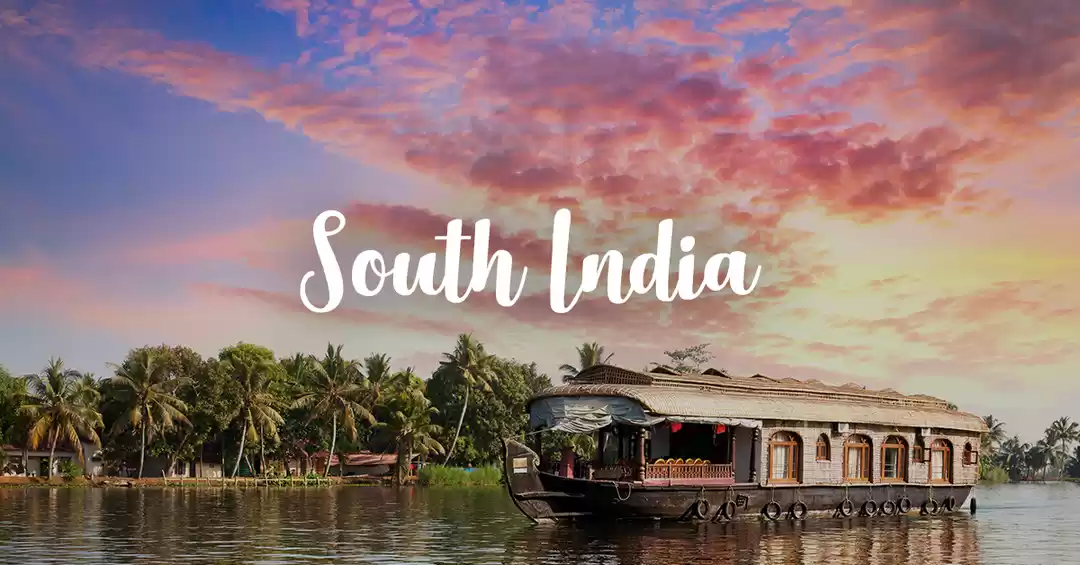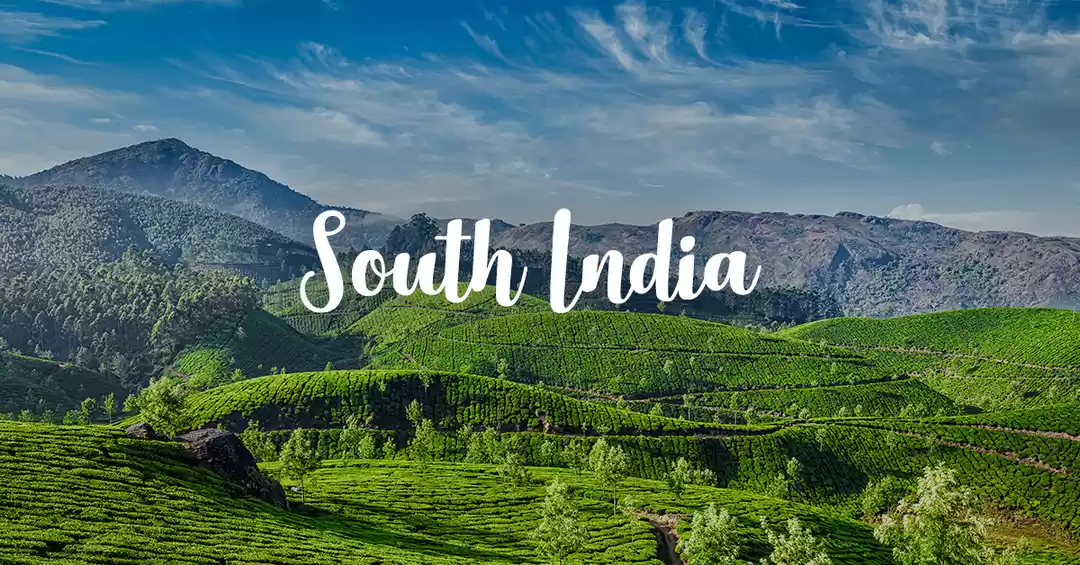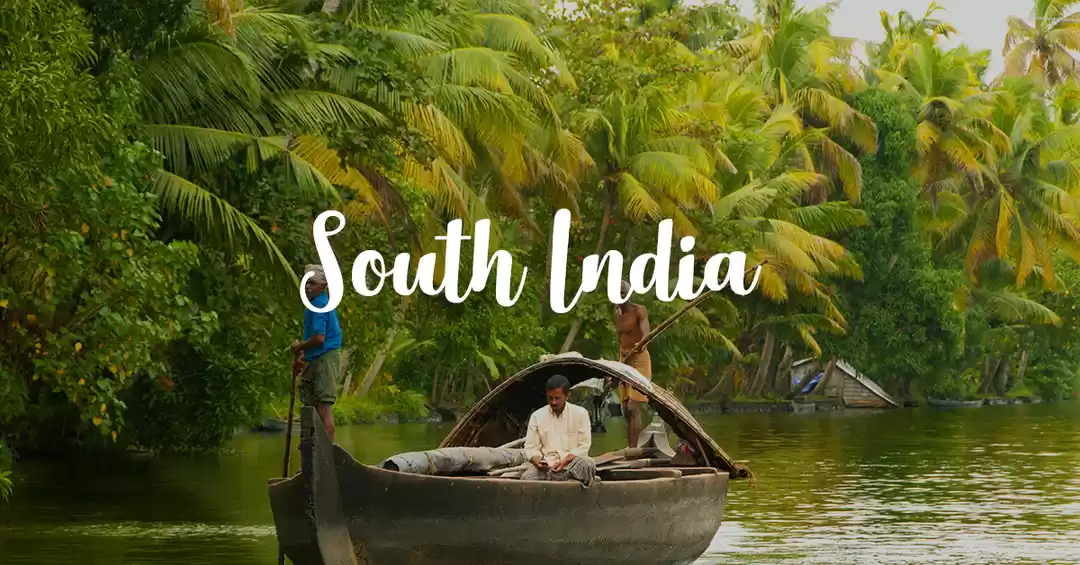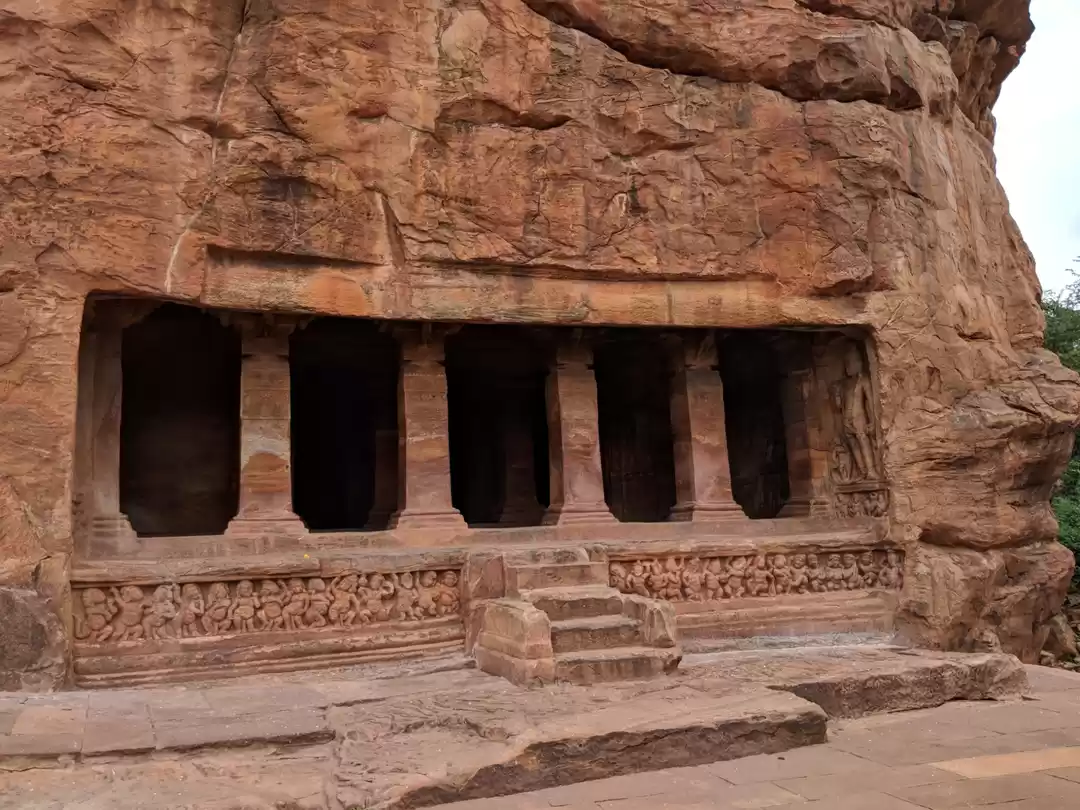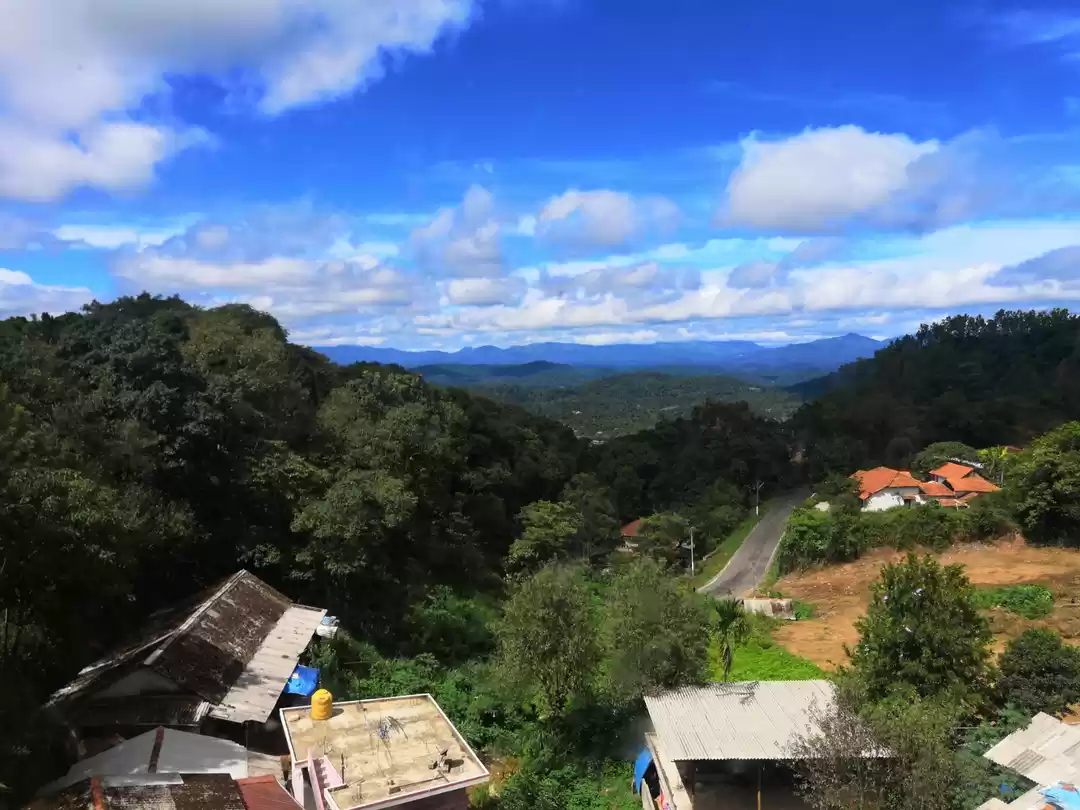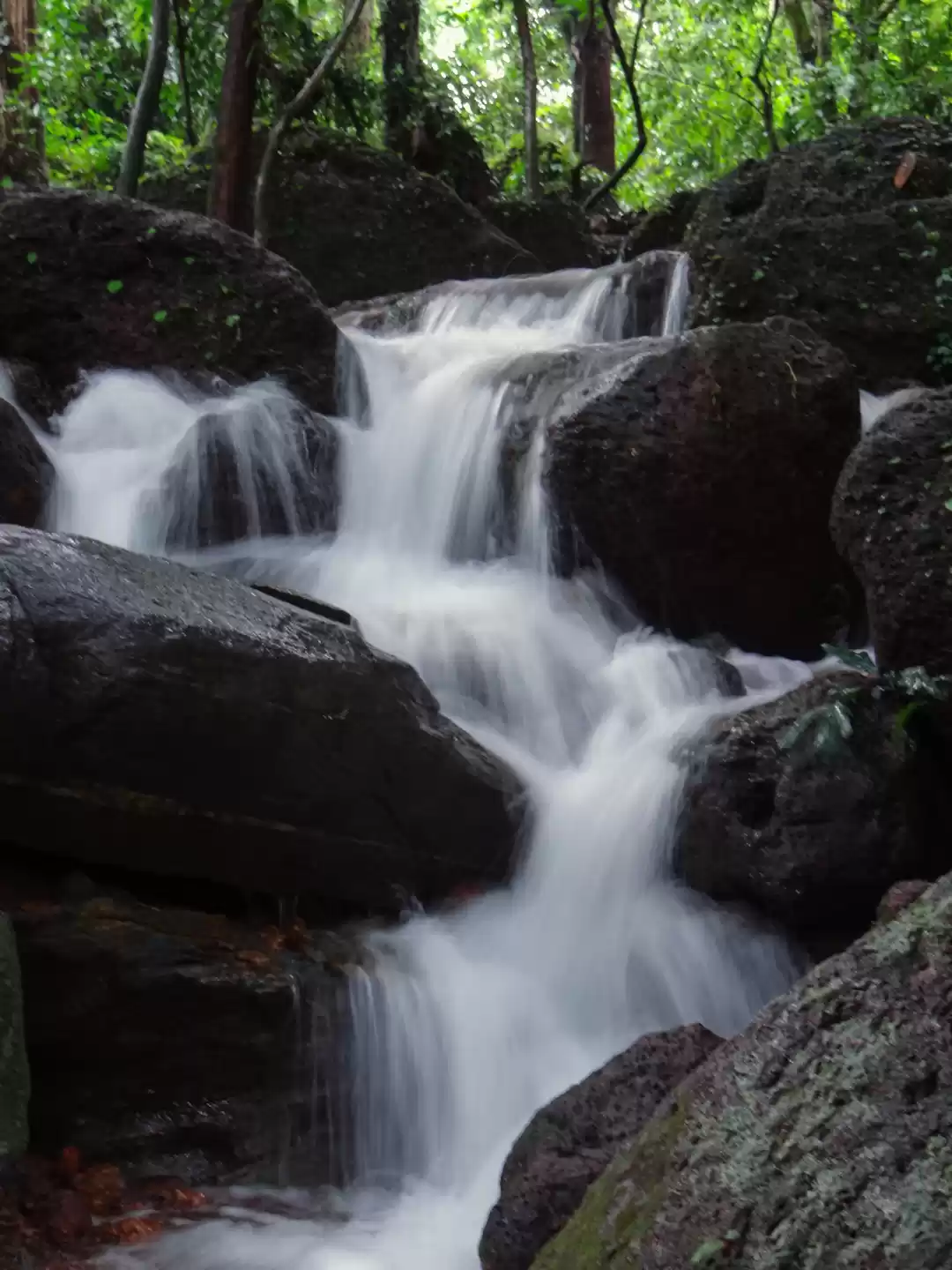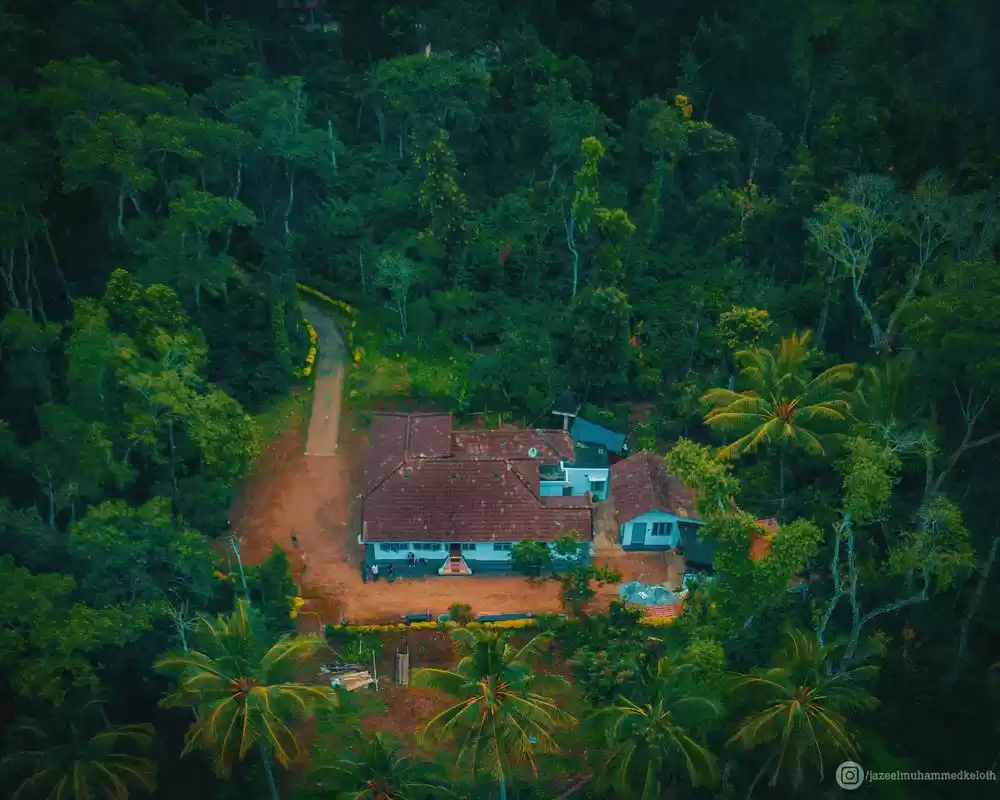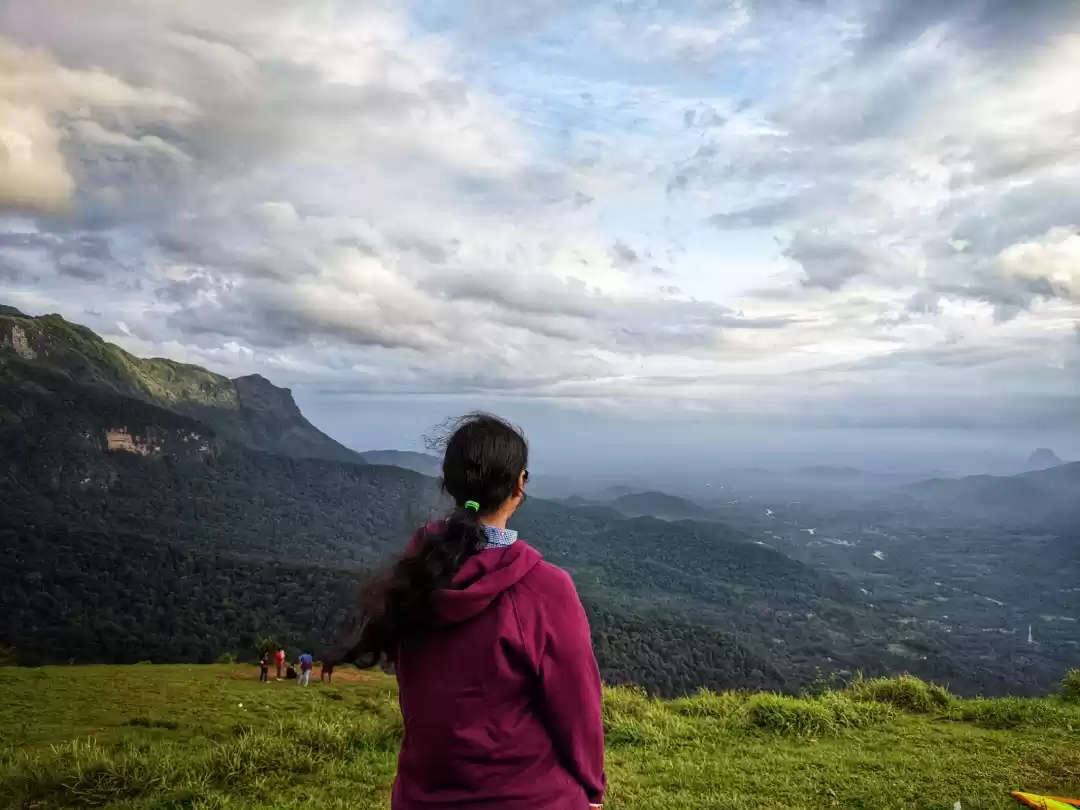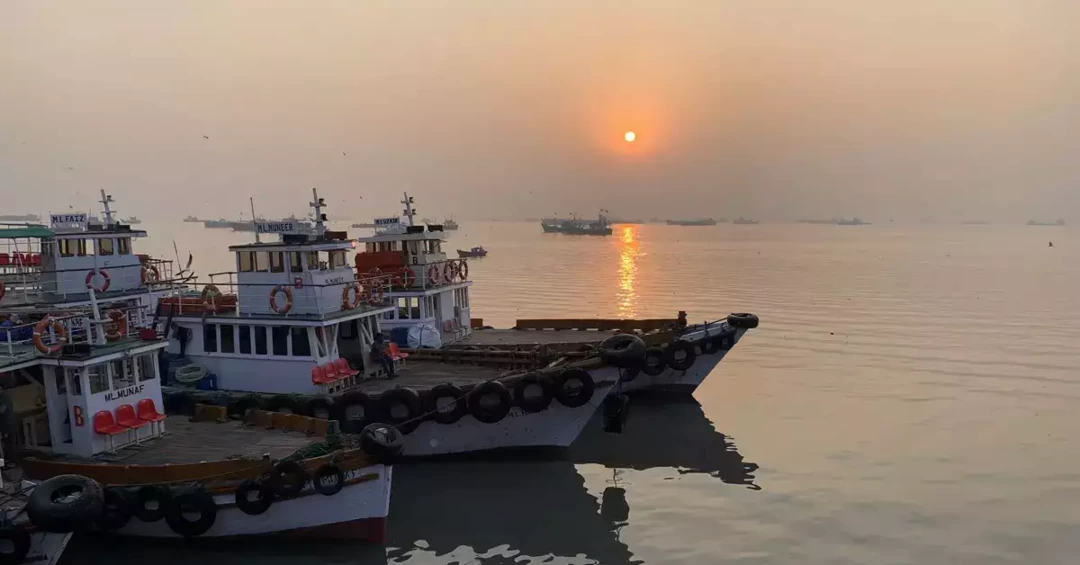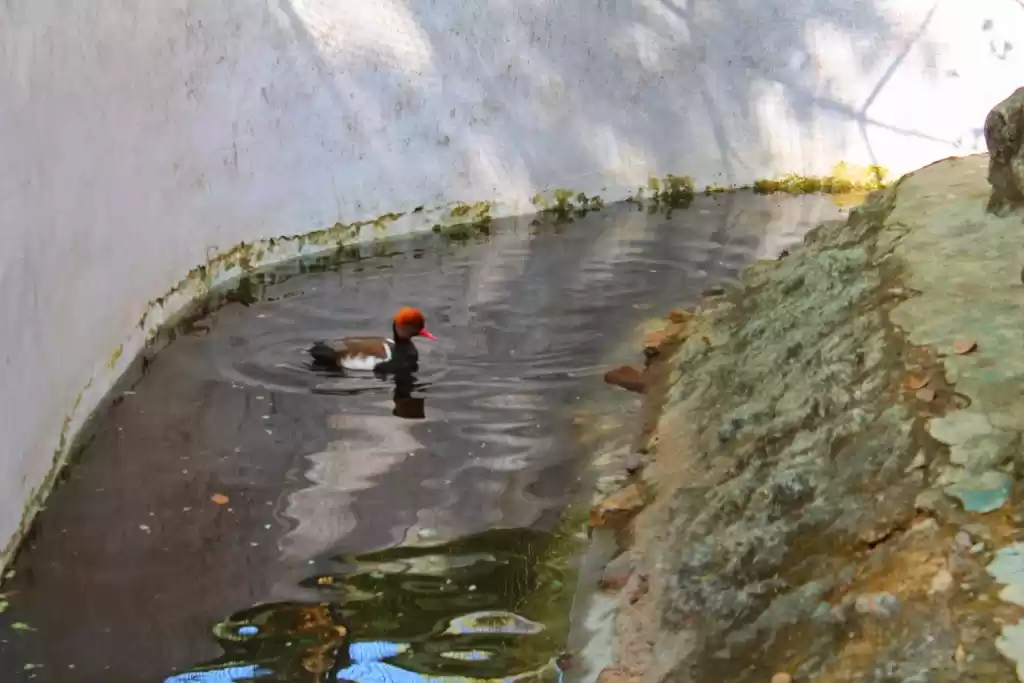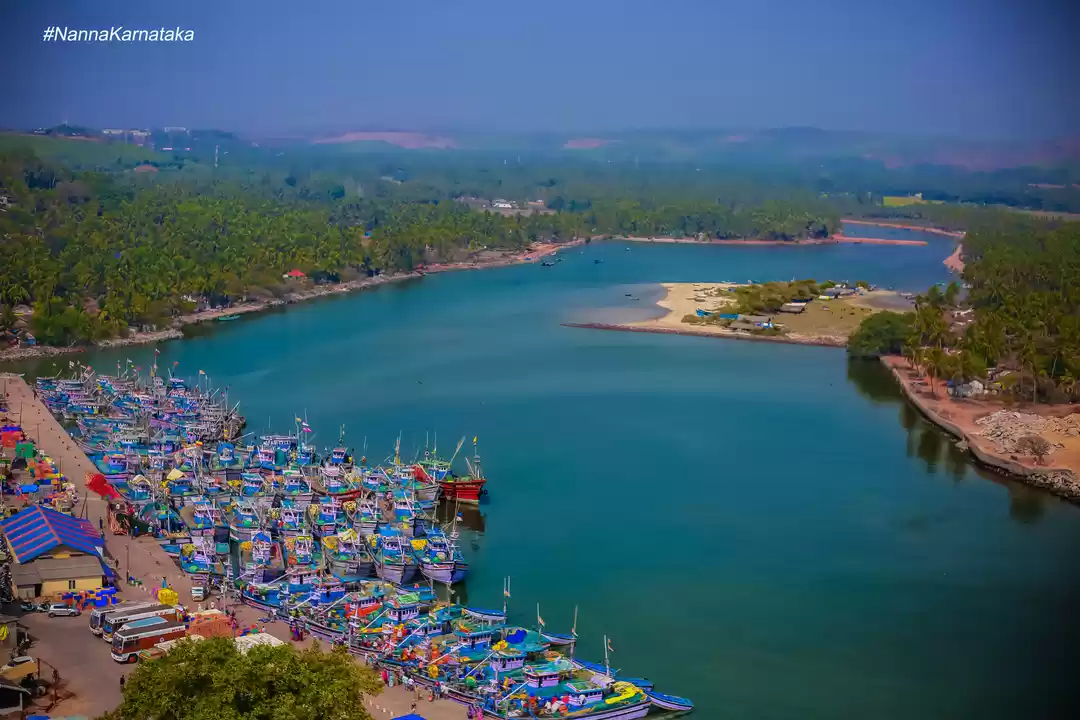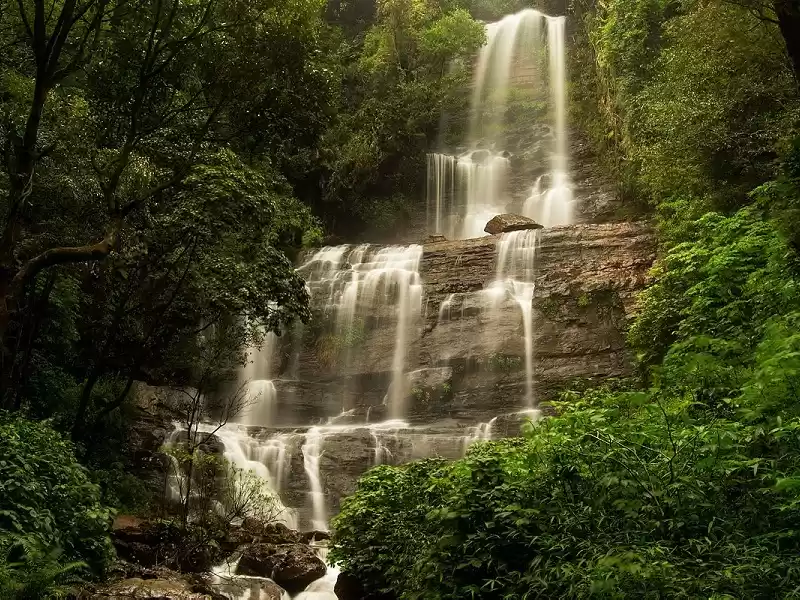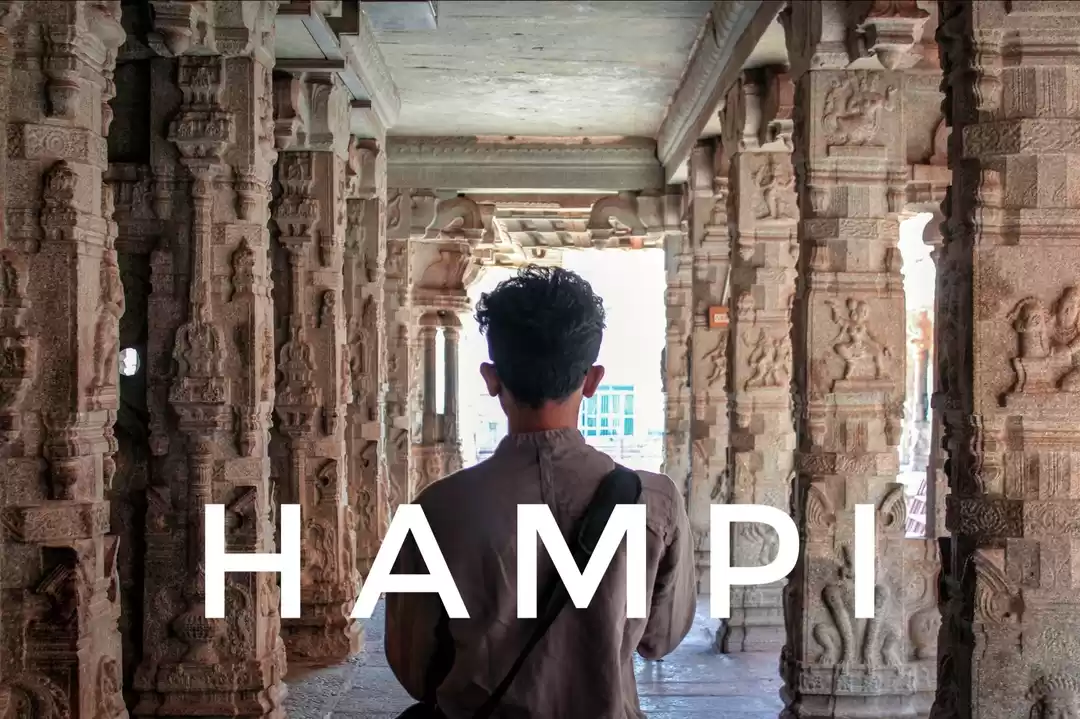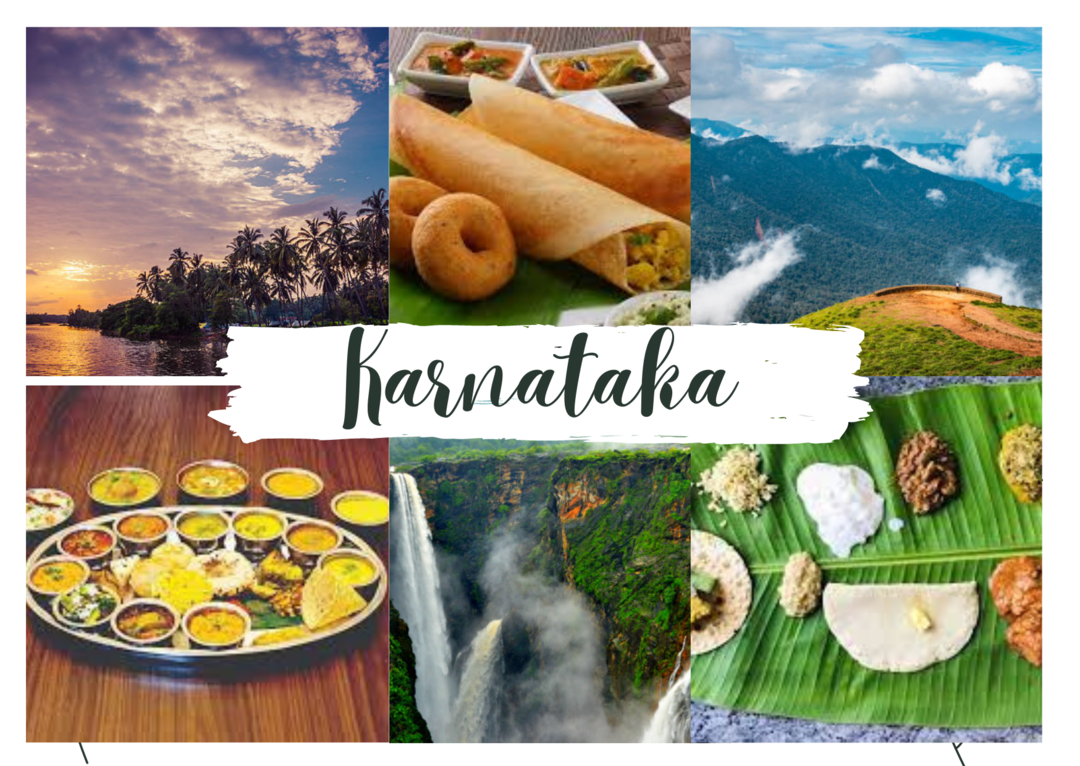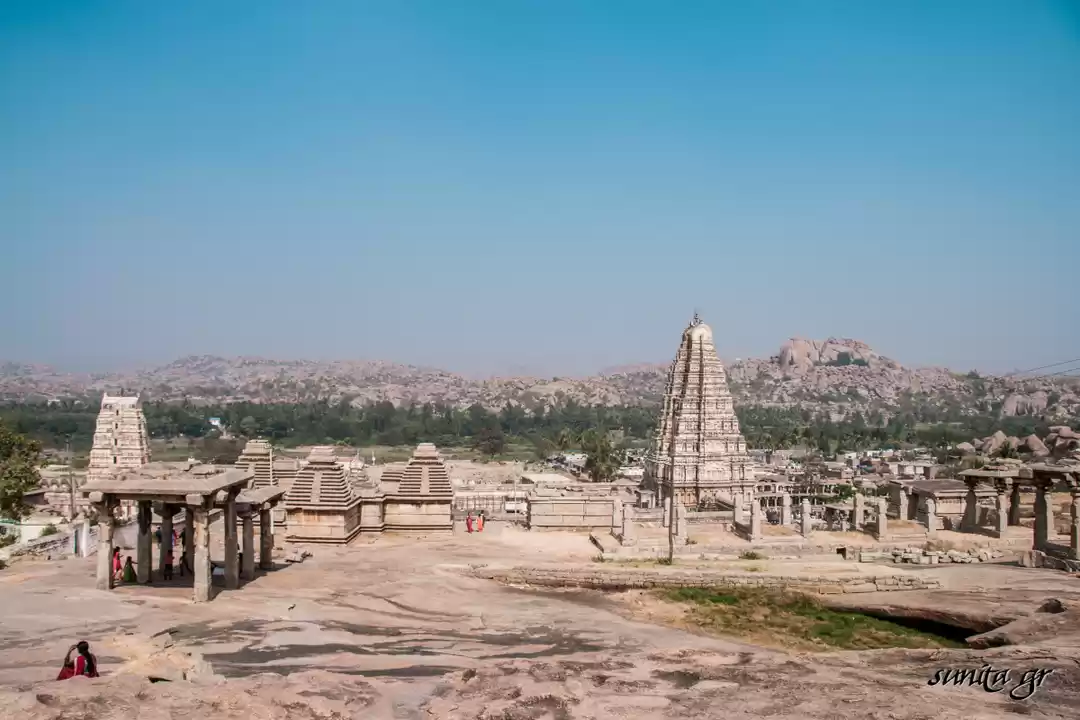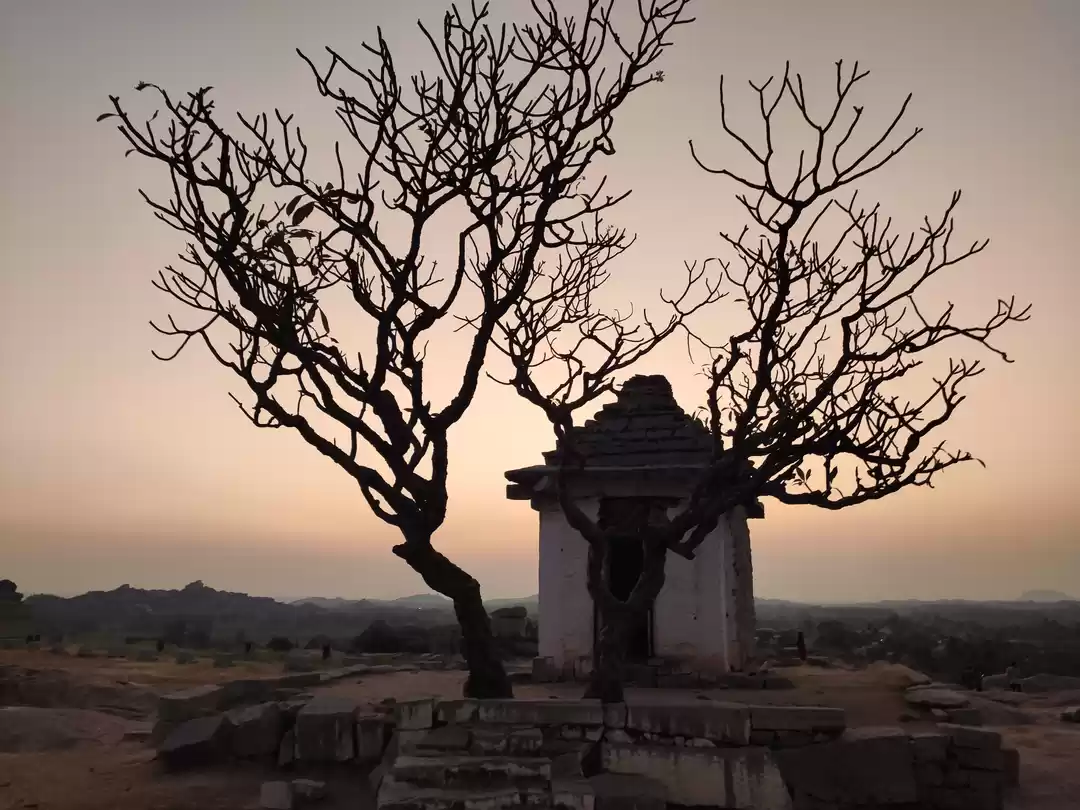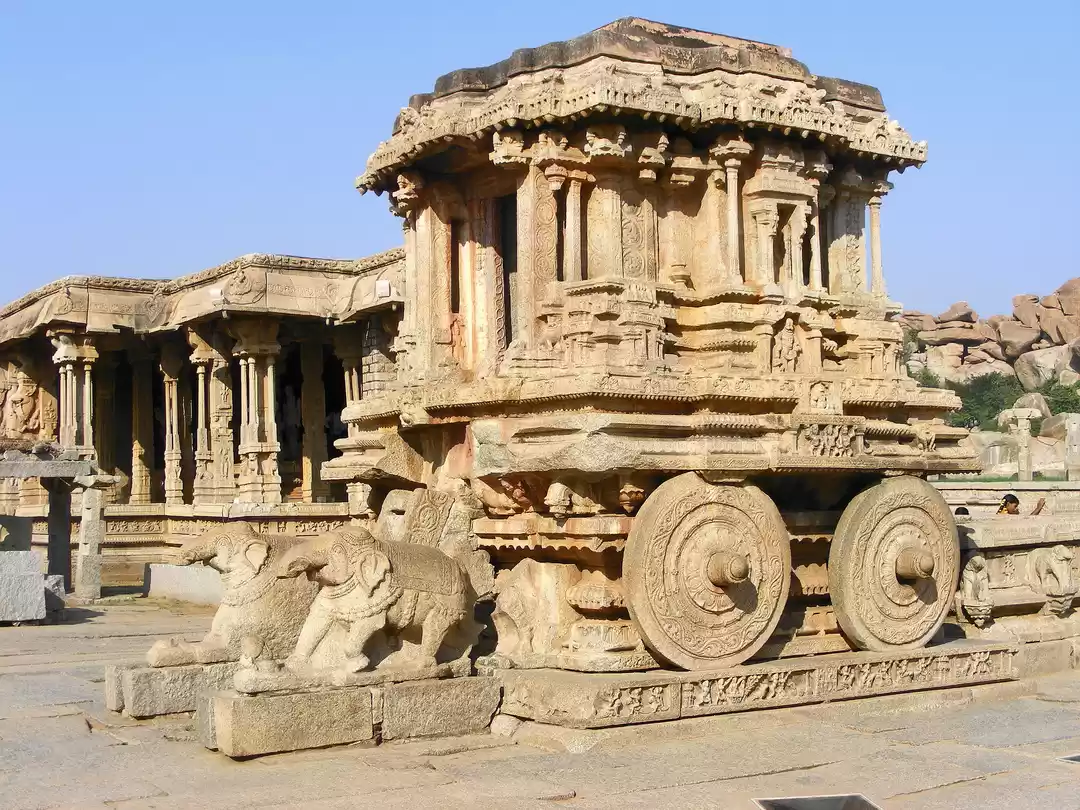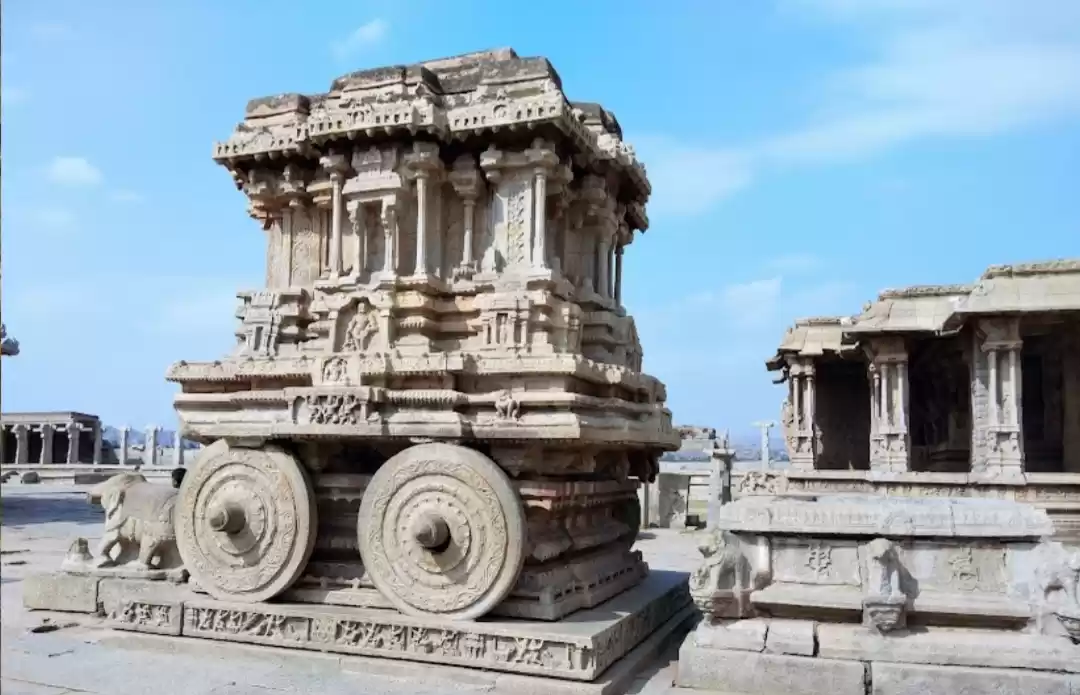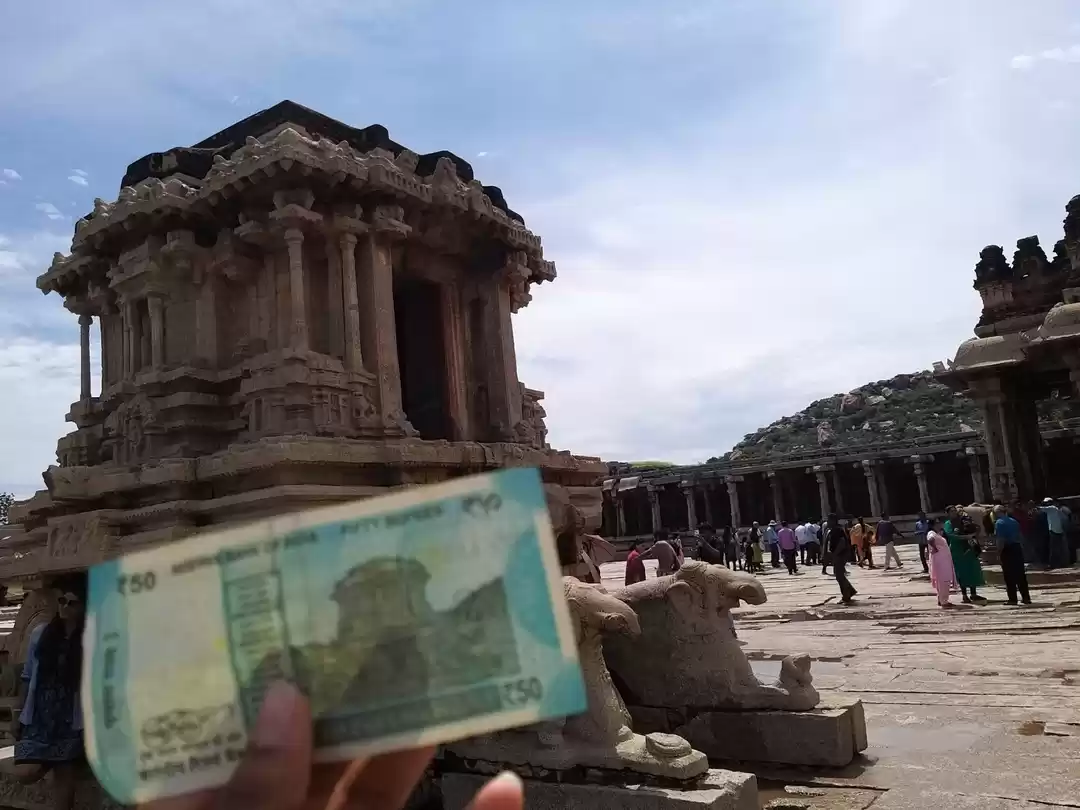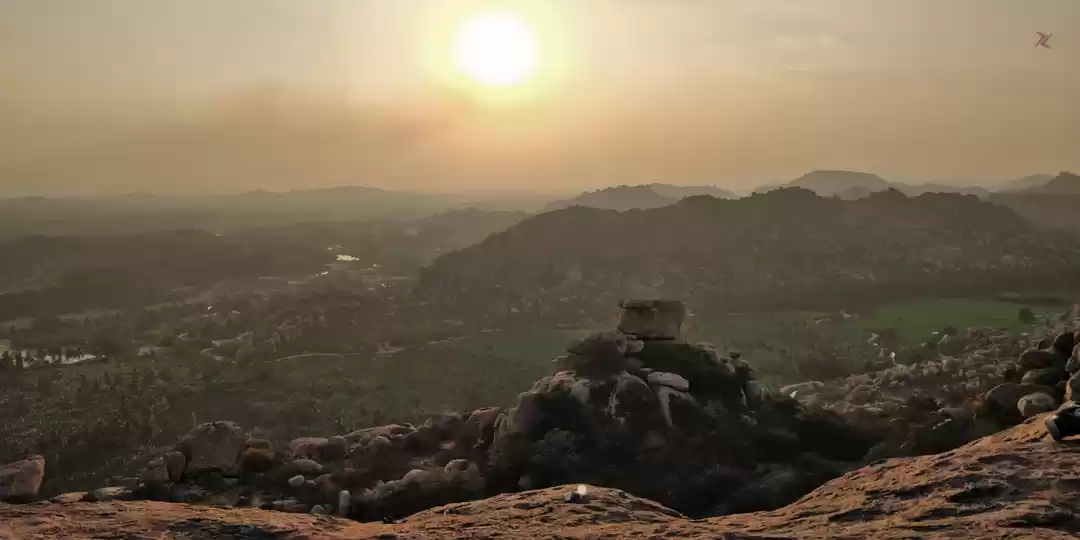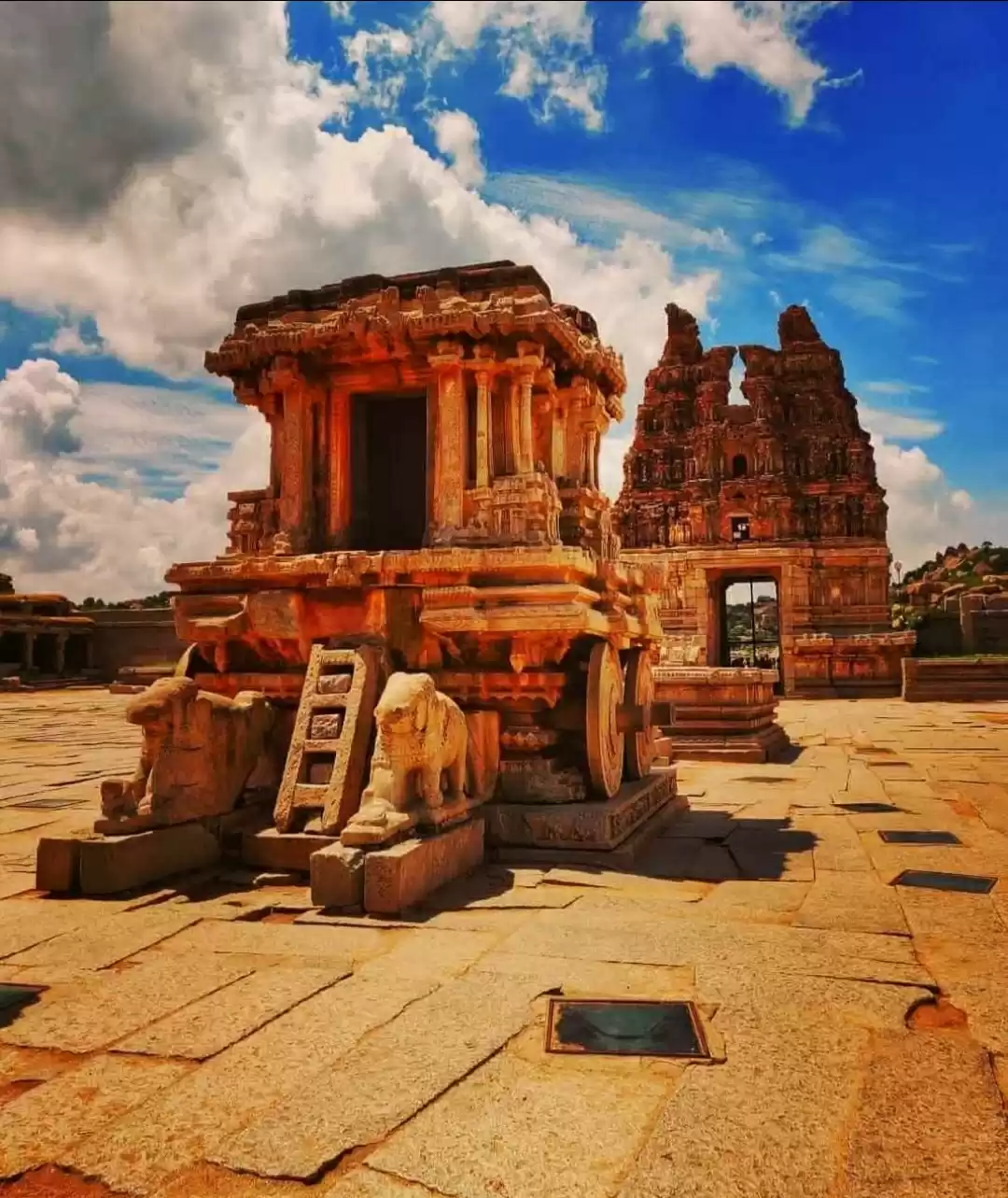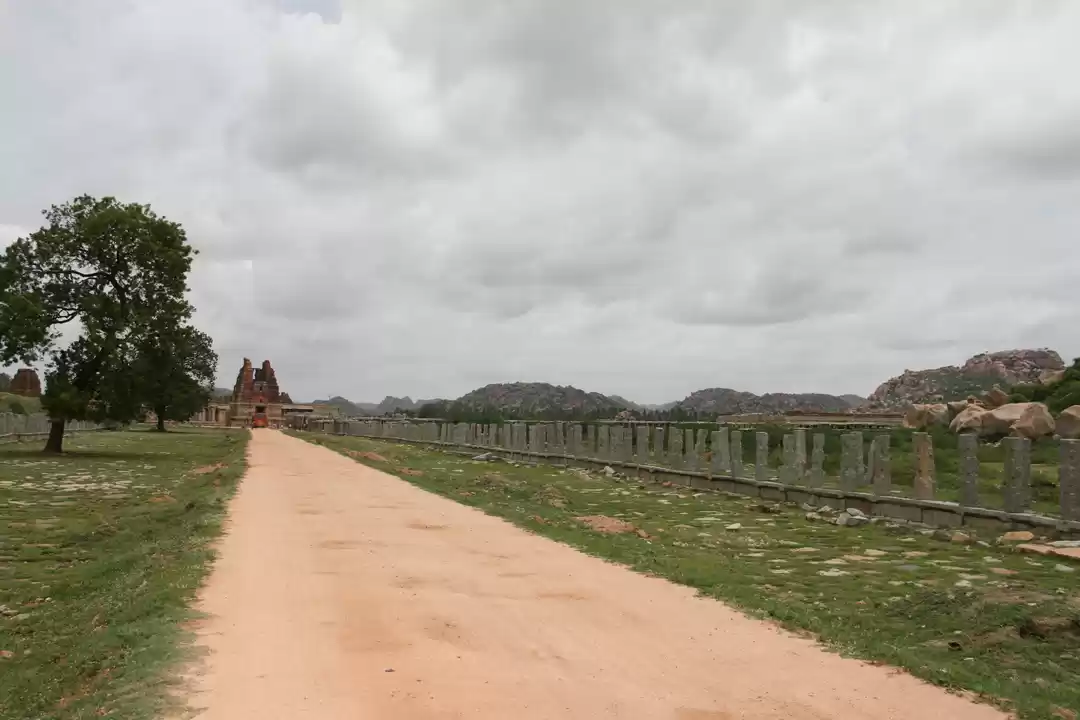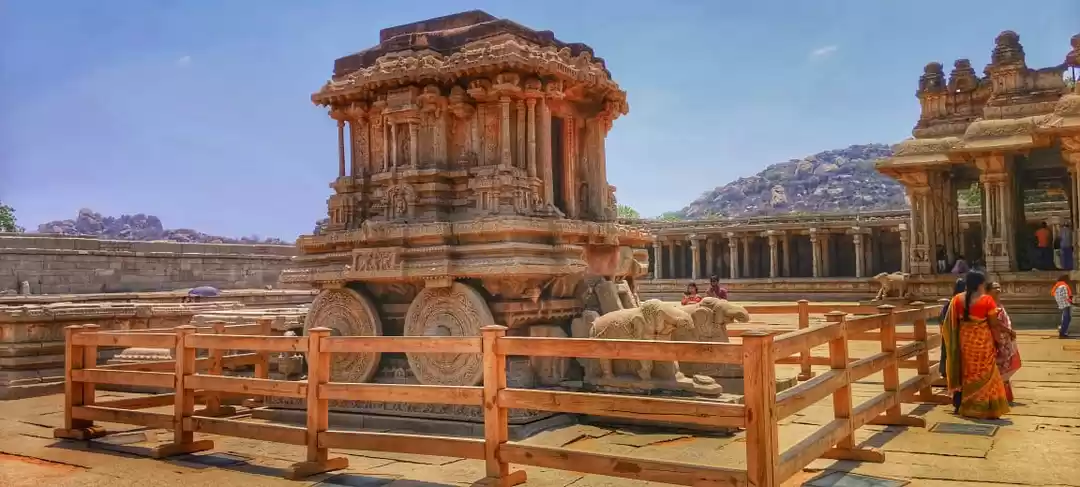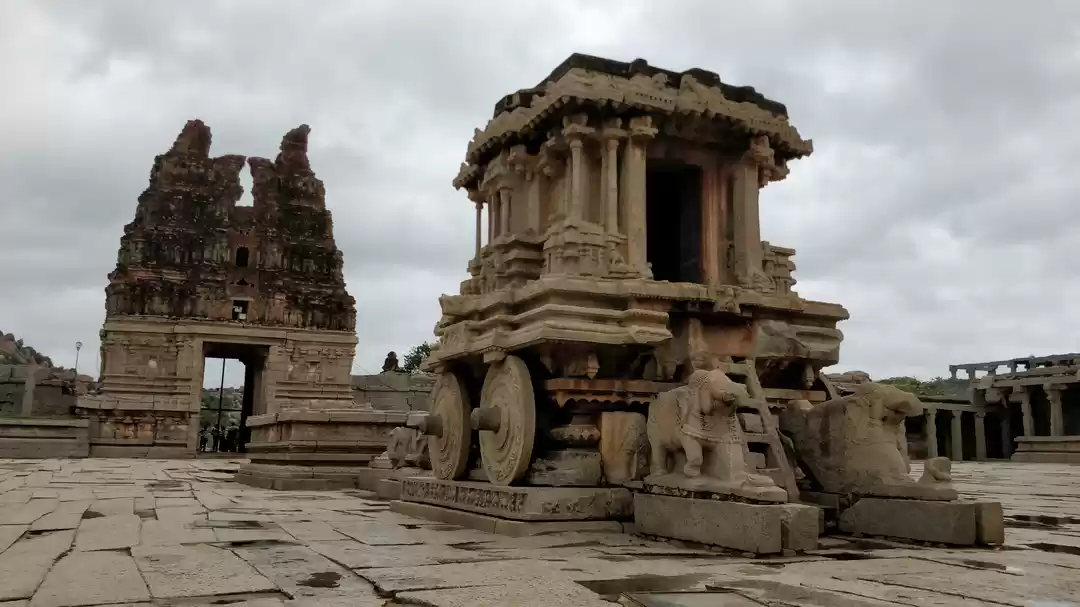
















































The first rule of traveling in Hampi is set by Andy. Do not throw your backpack into the Tungabhadra, says he in his cockney British accent as we sit on the banks; waiting for the boat to take us to the other side. The trip brings me too close to breaking the primal rule. I survive.
It is the morning of the 13th. January the 13th. One day before I leave Hampi and take my train back to Bangalore, where I have successfully overtaken my school friend’s couch. I am on the hill top sitting under concrete shelter. I can overlook the expanse of rocks, water and greenery. A combination that denies that Vijayanagara has ceased to exist. Somehow, somewhere, among the stone ruins, among the serenity of this perpetual river, the magnificent kingdom still exists. The gods may have abandoned the stone temples yet the priests still keeps the diyas (lamps) burning.
A small local kid who is attempting to read English from an old calendar is my only company. We talk for a while. He knows only Kannada and I none. Still he points out places. The vast surrounding area takes up strange names. And stories. Anegundi, the former capital. Kiskindha, the mythical monkey kingdom. I could not understand much. We talk about his goats. I give him a little money that I can spare. He is overjoyed. But how did I reach here? How did I land among this majestic ruins of the once mighty Vijayanagara Empire?
I pack my bag and leave Bangalore to start the first of my many trips into South India. I take the Hospet Passenger train from Bangalore City to Hospet JN. A distance of 529 kilometers. From the station I get on a shared auto rickshaw which drops me at the main bus stop. A bumpy ride in a Government bus later, I reach Hampi, the land of boulders and stone temples.
They say a sip from the Tunga river is as potent as a bath in the holy Ganges. But as the river Tunga joins the Bhadra river and flows down the great plain nothing of its sacredness remains. The Tungabhadra river mellows down as it seeps through the rocky terrain. In its perpetual flow to join the sea, it meanders through the scattered rocks, twisting and turning. There is a common myth that the mischievous gods threw down stones on this place. It’s not hard to imagine such a picture looking at the wayward arrangements of the rocks. Multitudes of individual rocks combining to feign a mountain. Beautifully placed boulders hanging on to each other. How did they climb so high, the child in me would often wonder. Well the boring scientific explanation is an ancient volcano eruption.
The night was near. I had managed to catch the penultimate boat back to other side of the river. The last boat is at six in the evening. A strenuous bike trek back from the Royal Enclosure accomplished this mighty minor feat. The sky was getting darker. The river flows peacefully mingling with the stones. The dying light still reflected on the glimmering water. The sound of someone playing the flute filters through from the other side of the river. Hampi, the land of temples.
I return back to the house where a local family had graciously invited me to rent their spare room for 200 bucks. The day had been eventful. Quite so. Begun with me looking for an alternative lodging after the guesthouse where we (Andy, Eppie and me) stayed the first day; it was costing me 300 buck.
We had been so mesmerized the first day by the community hall of Gopi Guesthouse that we had decided to stay put. The community hall was a large low thatched hut with a kitchen. People lay on the mattresses and read books, write, smoke weed, drank, eat or best of all do nothing at all. It is illegal to drink liquor on the other side of the river, in Hampi. All the booze-friendly guest houses are on this lane in Virupapur Gaddi (also known as Hippie Island); till those colossal pillars at the other end. Fortunately I find a house which was willing to rent out a room for 200 bucks. I clear out from my former place and shift here. I was all set for the day in the sun. It indeed was a very sunny day.
I stand on the other bank waiting for the boat to Hampi. The funny part about the boat ride was that there was no fixed points of embarkment or disembarkment. The tide decides that every day. The boat men would leave us at an awkward place and expect us to manage our path back to the river stairs.
Virukapsha Temple is at the very heart of the city center, just across the bus stop. The temple is the one end of the Pan Supari (beetle-nut) Avenue. It is the main street around which most of the commerce of this small temple town takes place. In the high days of the Vijayanagara Empire, diamonds and other precious stones were said to be traded on this street. Now the usual tourist merchandise hog the lane. Though Hampi attract a quite number of foreign travelers yet it still remains the quintessential small Indian town; far removed from its rich and glorious past.
A two rupee ticket for the Virupaksha temple (extra if you have a camera) got me to the courtyard of the oldest functional temple. A beautiful temple elephant kept the children amused.
I knew I was getting late and I must get back to the river bank by six to catch the last ferry back. My first task though was to procure a map; which I did in the temple compound itself for 20 bucks.
I walk up the steep road from the bus stand which leads to the gram shaped Ganesha temple. The temple is made of beautifully engraved rock pillars. And the giant Ganesha statue seems to be bursting out of the narrow four walls of the inner sanctum. Straight ahead of this monument was the Krishna temple. The compound holds a narrow but deep hole. Not knowing the purpose, yet I happily take the stairs down to witness the feeling of hiding in an ancient structure.
Opposite to the Krishna Temple are the Krishna ruins. A two sided lane of rudimentary cut stone slabs placed in top of one another form a chain of pillar. Short in height, they seem an open passageway. I had read somewhere that these functioned as water vents used to carry water to the stepped tanks. I decide not to walk any further but to enquire about a bicycle. I had planned to visit the royal enclosure that day itself. I get a bicycle from a vendor on the Beetle-nut avenue. It costs me 40 bucks for the day and I had to deposit my PAN card (my only identity card).
I ride my bike across the bus stand, up the steep road, got down the bicycle and pushed it up the next stretch; finally after 15 minutes realized that I was on the wrong road, made a u-turn, saw a terrible auto rickshaw accident that could very well have crashed into me, left the accident scene and paddled down the steep road out, finally take the narrow left lane. Immediately after the sign board for the Royal enclosure, there is a bike lane on the left. It is easy to miss as I did the first time. It follows the stream. The route is mostly empty.
The stream gently passes by as I softly paddle your cycle; winding as the path bent. I follow the lane that follows the water. I join. I flow. I continue. I hold on to the handles as the journey unwinds its adjusting turns and welding circumstances to me. I bear witness to the movement as I become an undividable part of the trail. There are huge banana plantations on the left and the gurgling stream passes by the right. The tall coconut trees jut out from the plantation amongst the banana trees like wary farmers taking guard of their crops. On the path I come across multitudes of scattered temples. Few still seemed maintained while others were fast sinking deep into the earth. I notice a beautiful and quite untarnished image (scilto) of Ganesha on the rock wall outside a small shrine. I get down at few places to take a closer look at few of the shrines. There was one in the sugarcane fields as well. Burnt foliage after the harvest smouldering around the ancient temples. All structures bear the ASI (Archeological Survey of India) green boards, notifying them as a protected monuments (a faulting attempted safeguard against the scavenging humanity). The stream is a wonderful company for the trip. It curves. It sings. It merges. It dances. At times it flowed with no noise at all. At times with angry blabbering, it crosses through the rocks and small check dams. These small dams provided water to the banana plantations. Infusing life.
The lane finally leads me to join the main road towards the Royal Enclosure. A farmer on his bullock cart points me to the left. Inside the Enclosure no motorized vehicle other than the government electric carts are allowed. These carts ferry visitors from the complex gate to the Vithala temple. The stretch is about a kilometer long. I am readily allowed inside the campus on my bicycle. On this stretch there are two other beautiful monuments. The first is iron fenced. Like others, this is a pillared structure with engravings. The next on the left is a monument with no idols. It was well maintained stand alone structure.
Hampi allows you be a part of the ancients. As you wind and wander around the old rock structures, you became a part of the history. A chronicler of the faith and will of human past.
District Bellary. The nearest rail head, Hospet, 17 Kilometers from Hampi.



